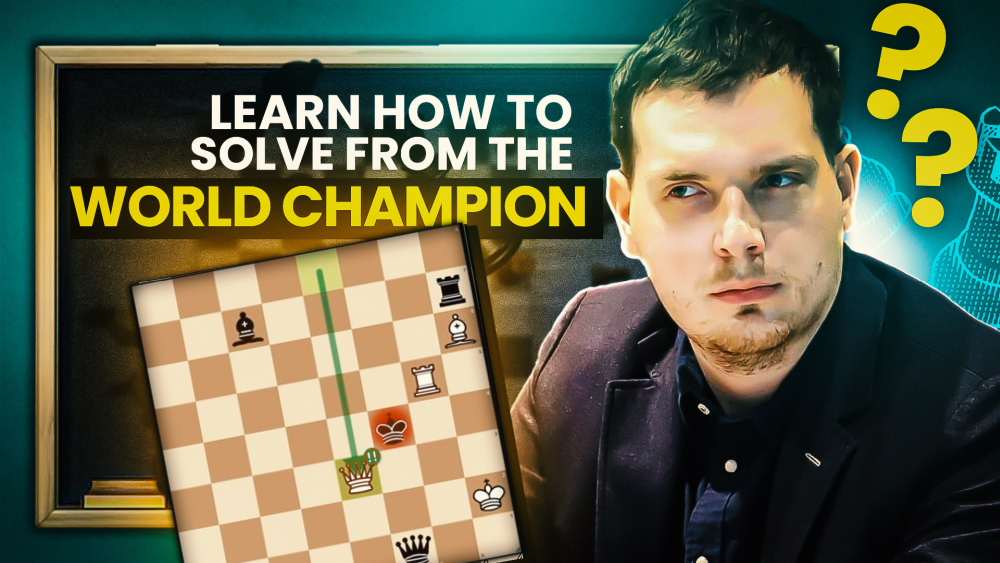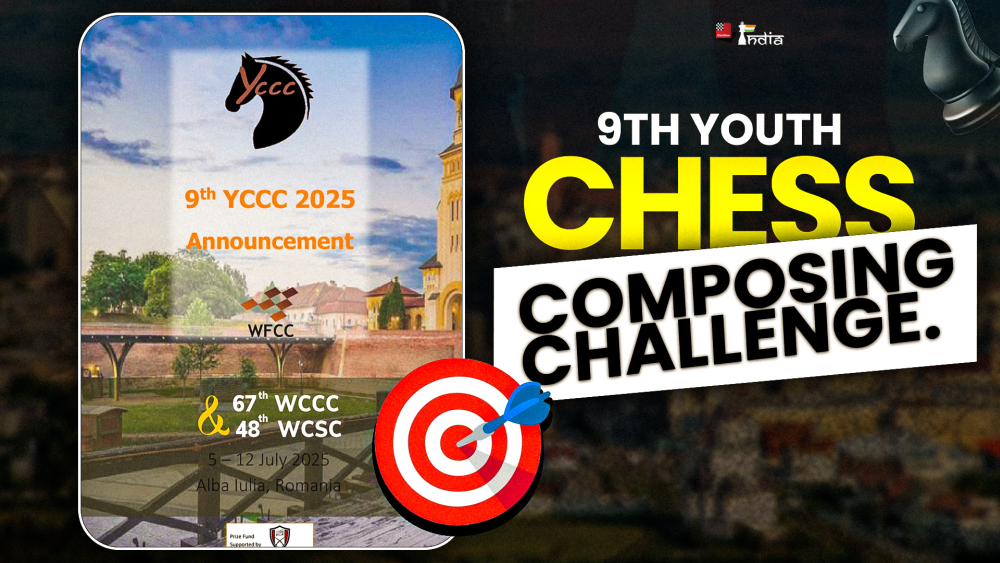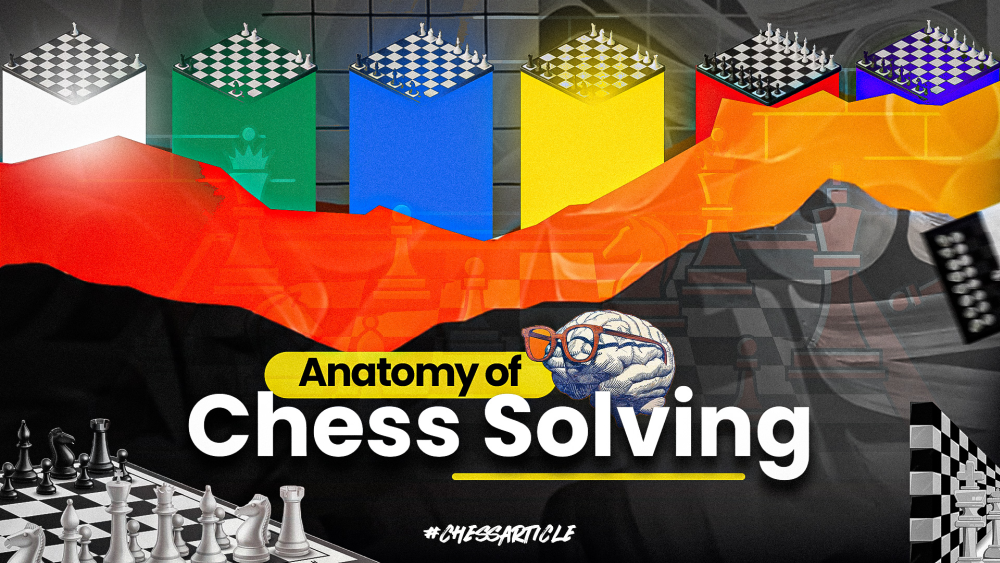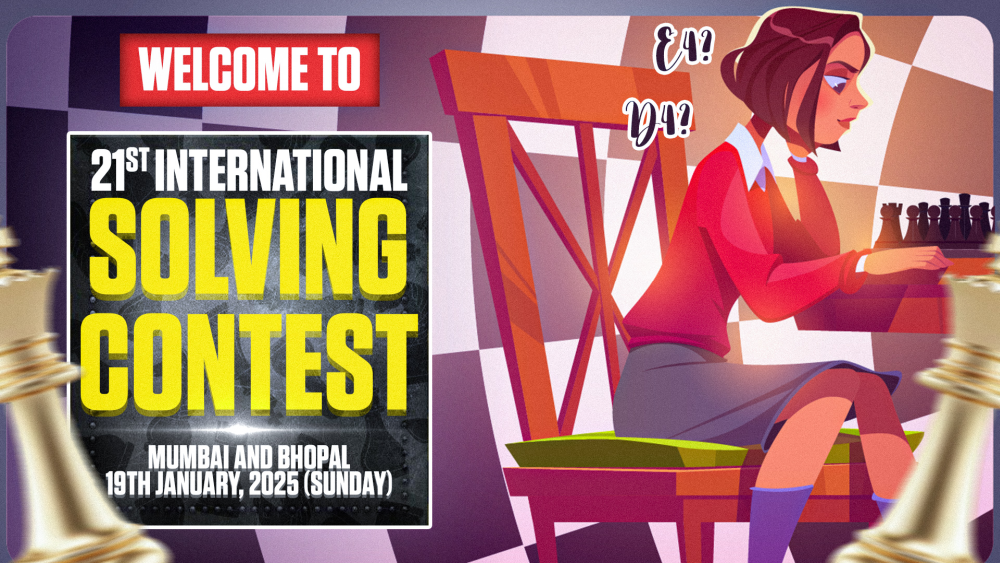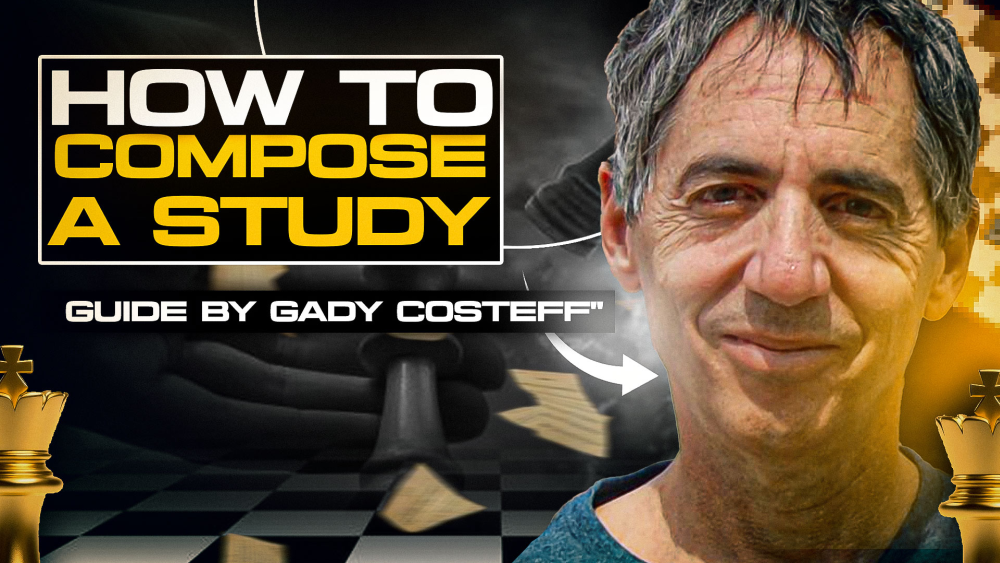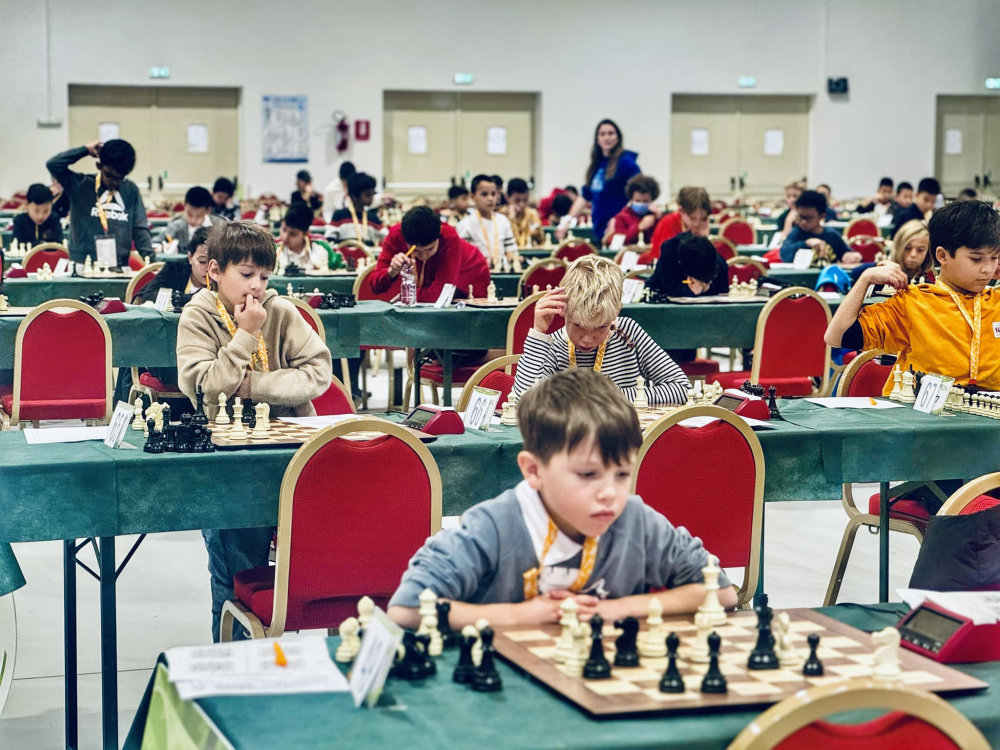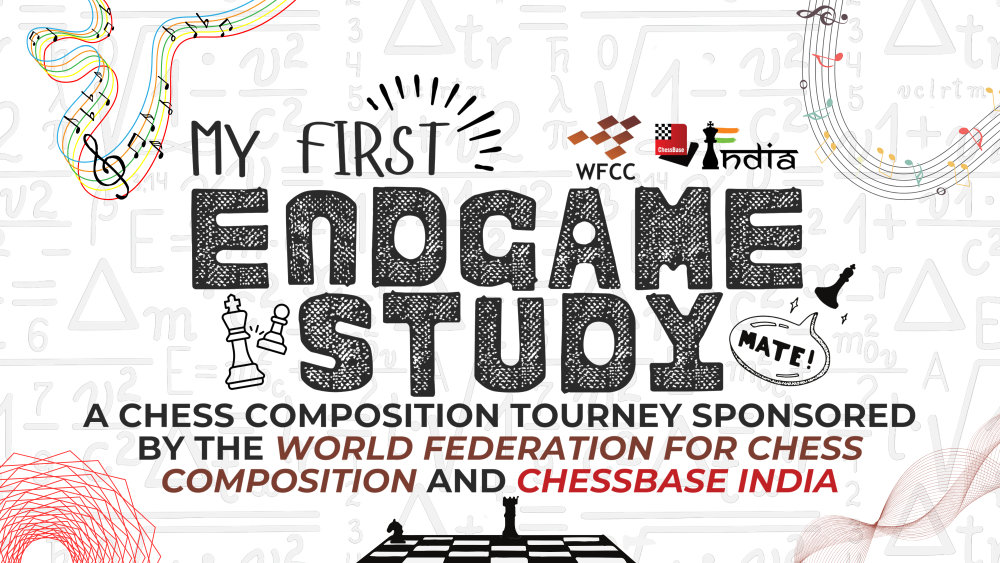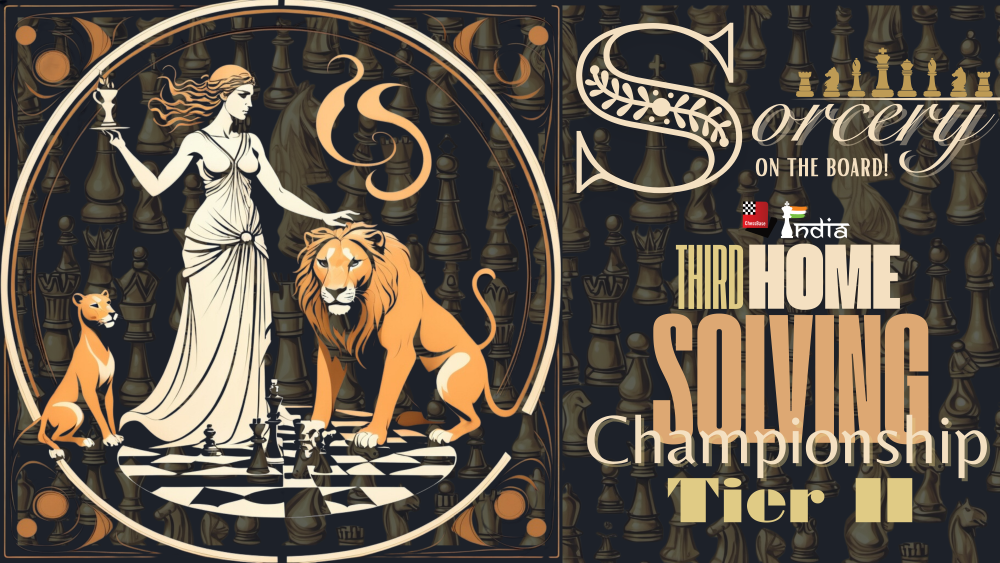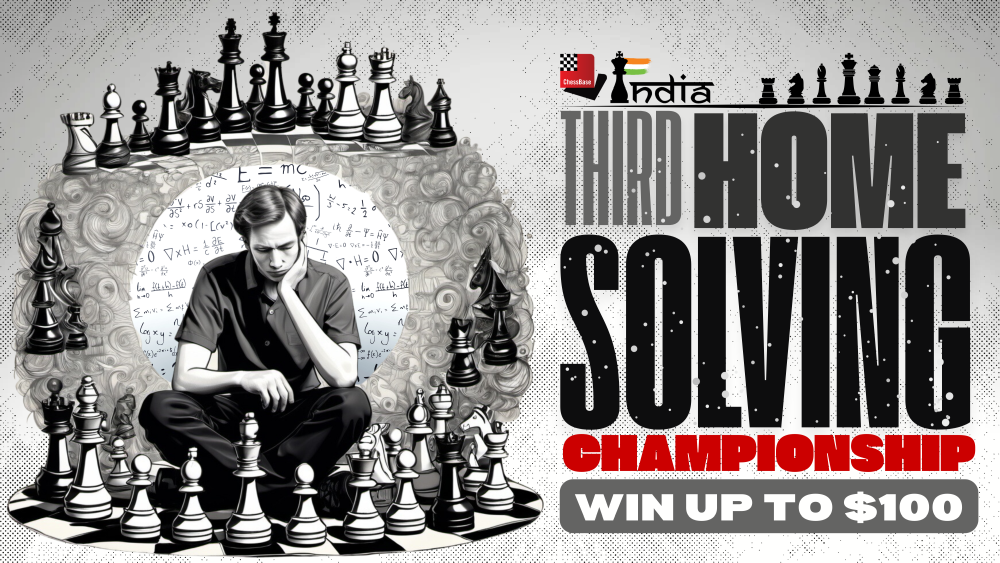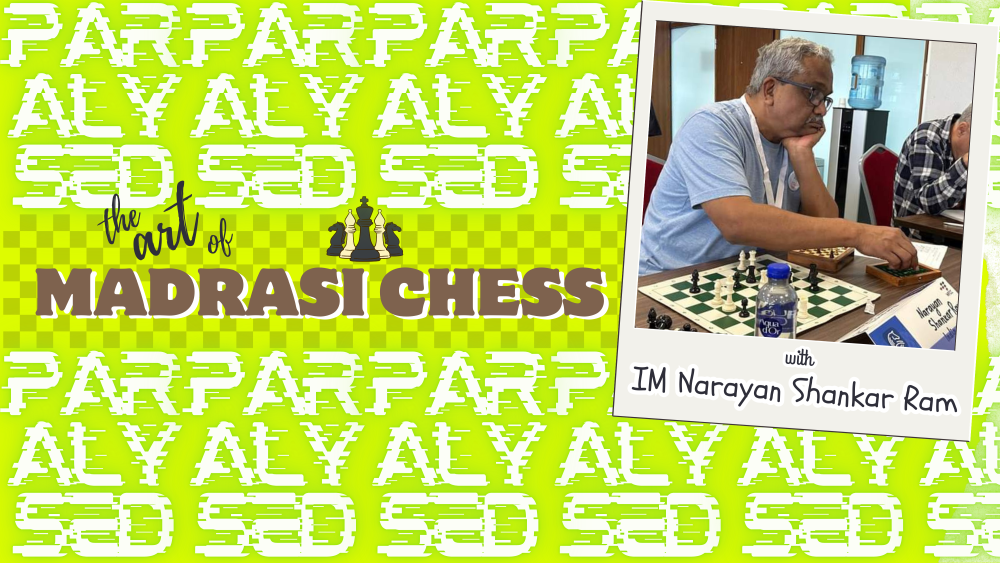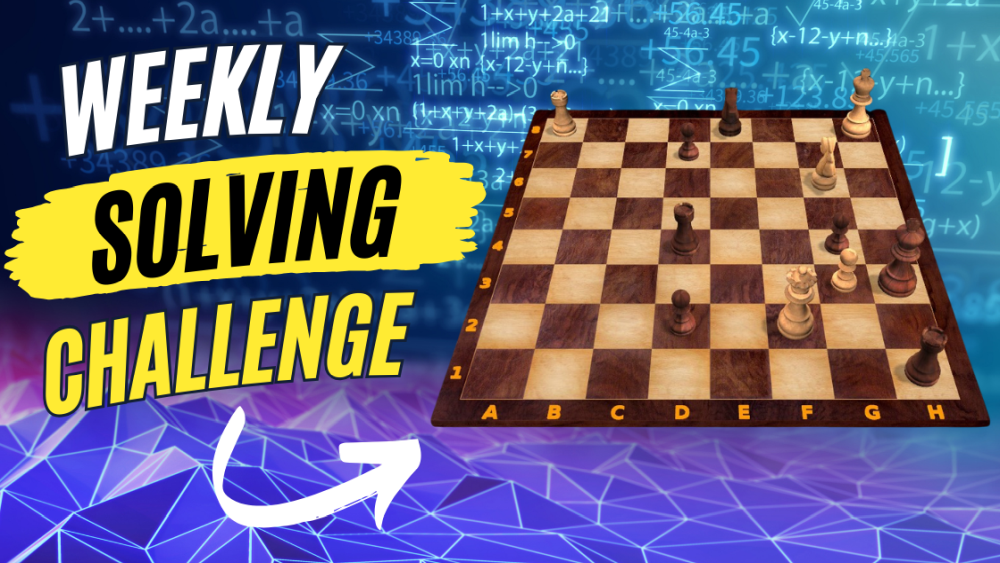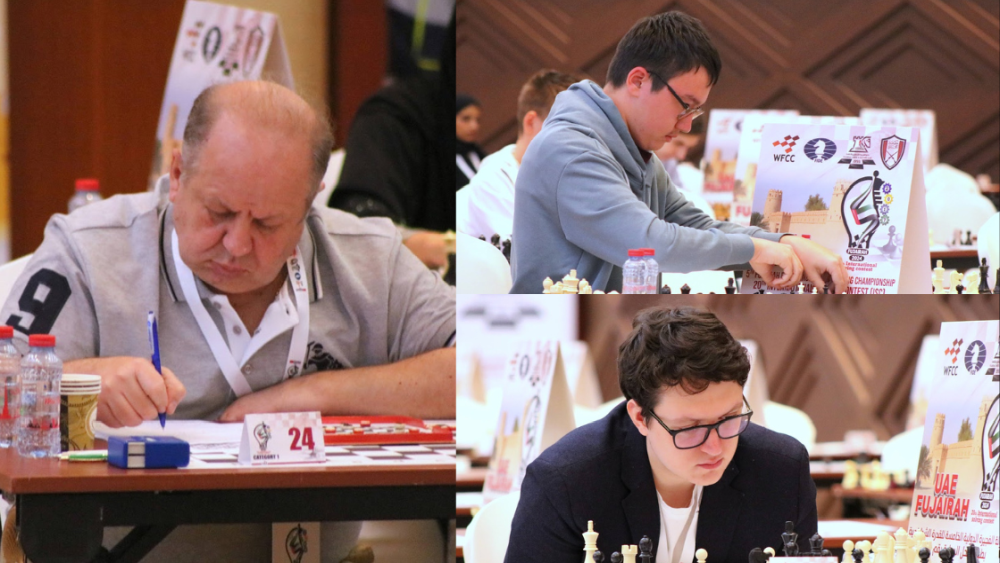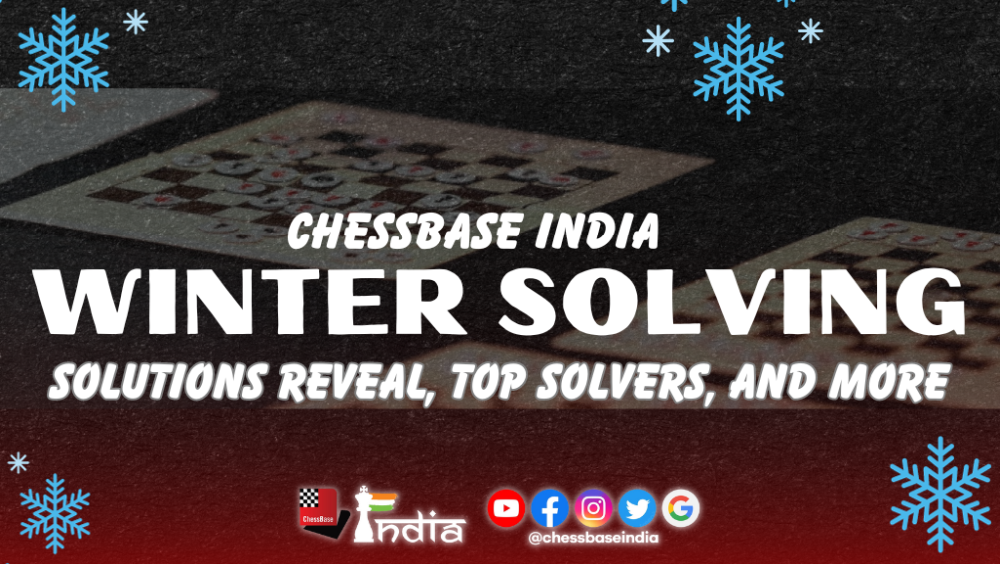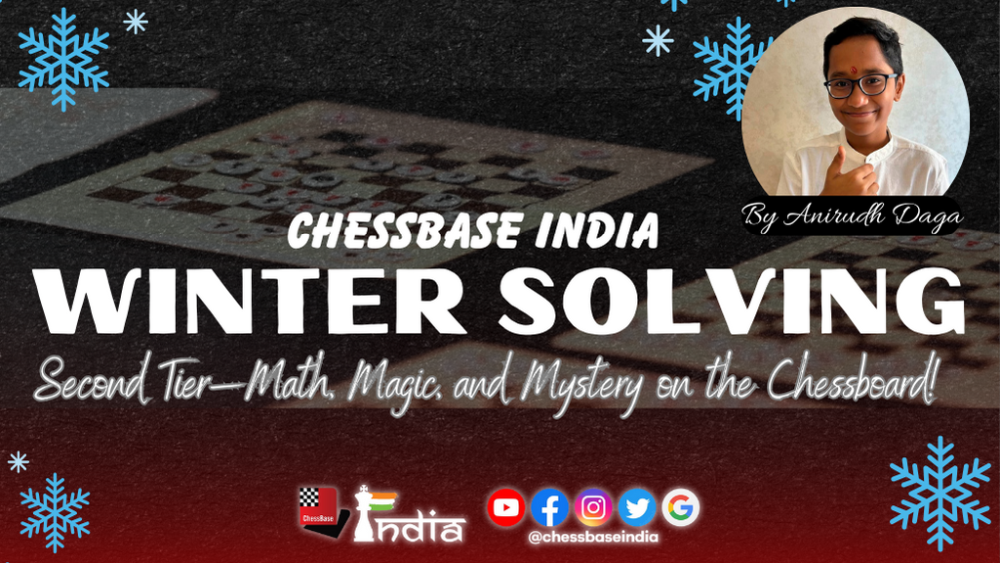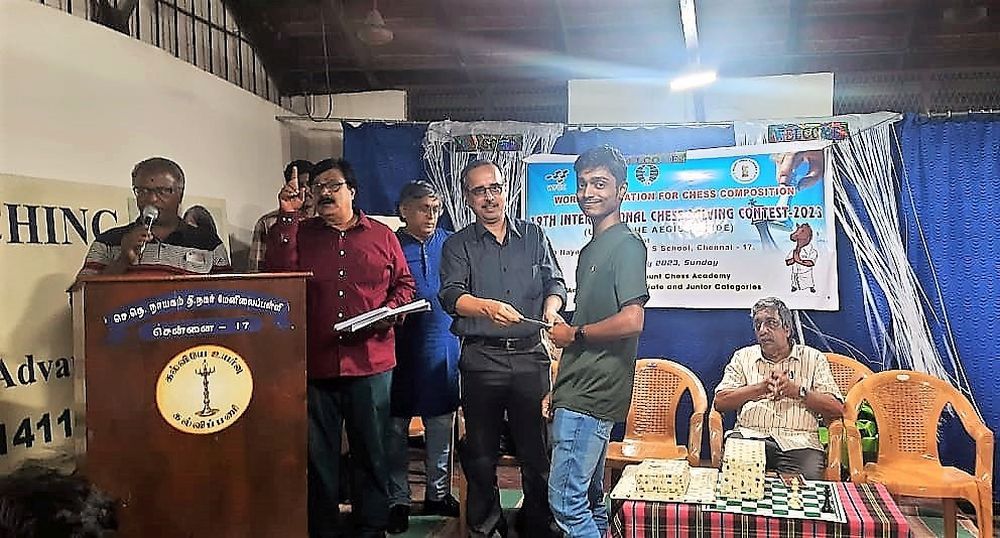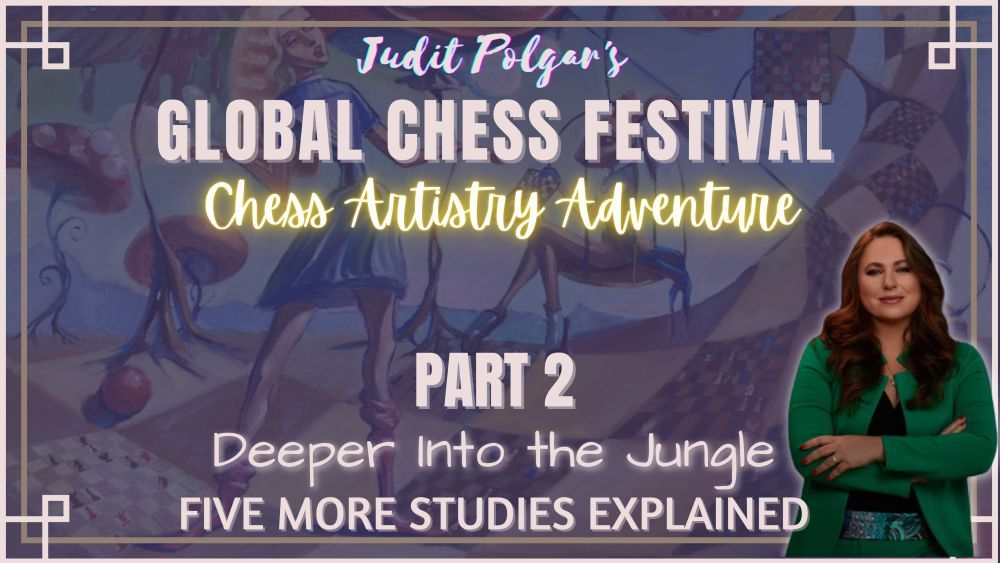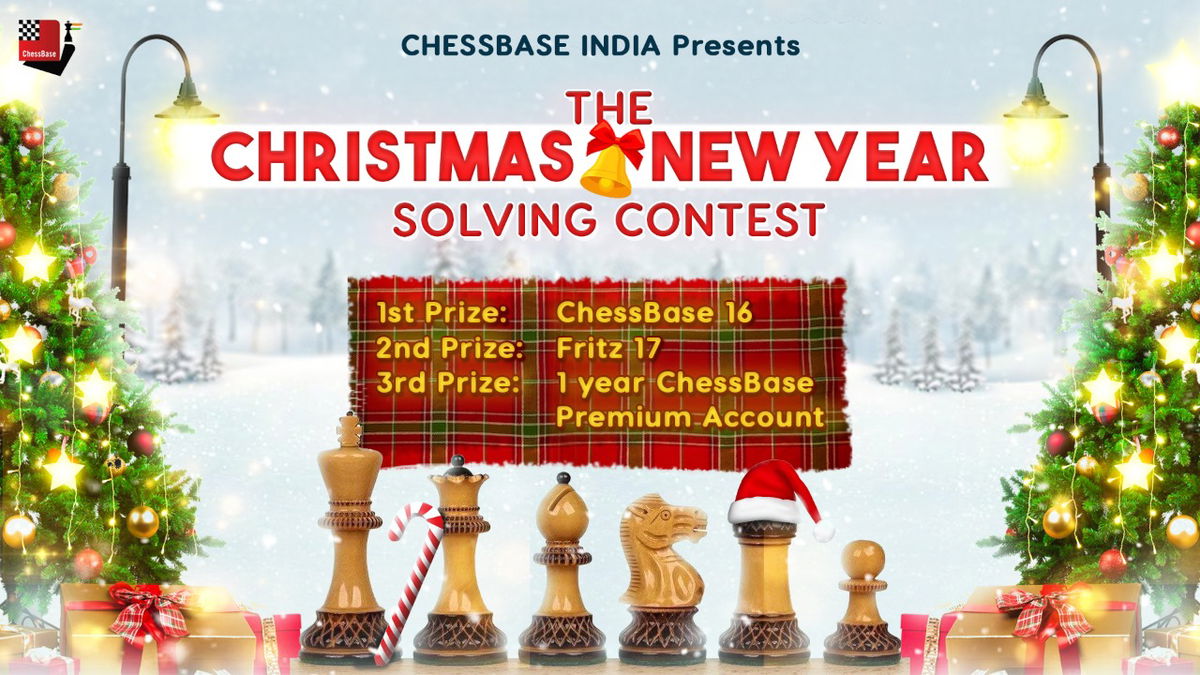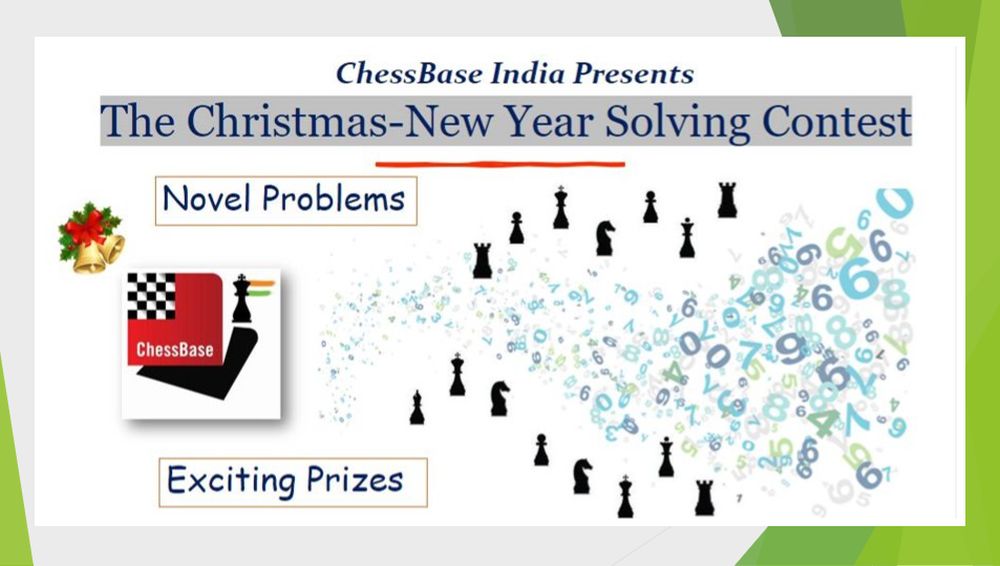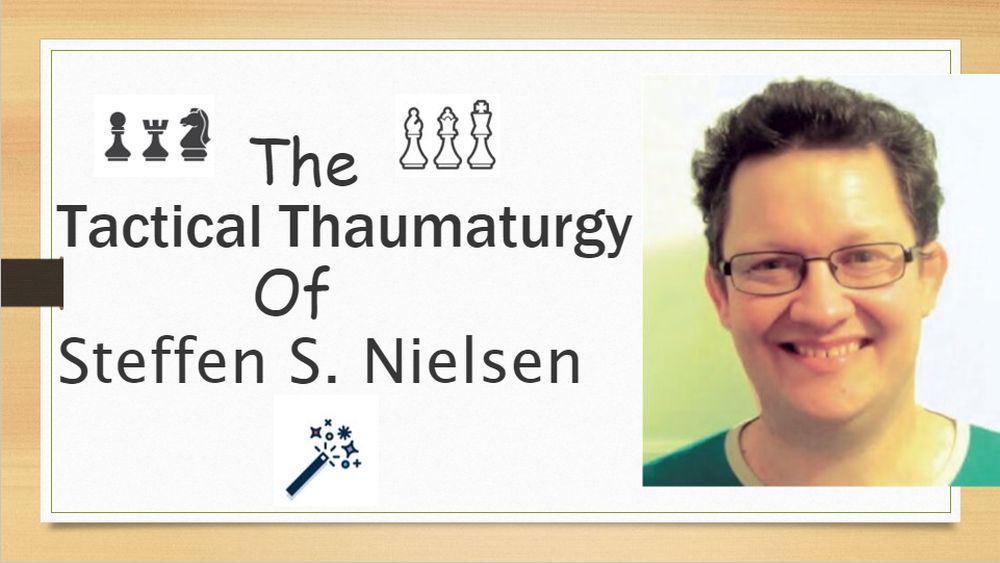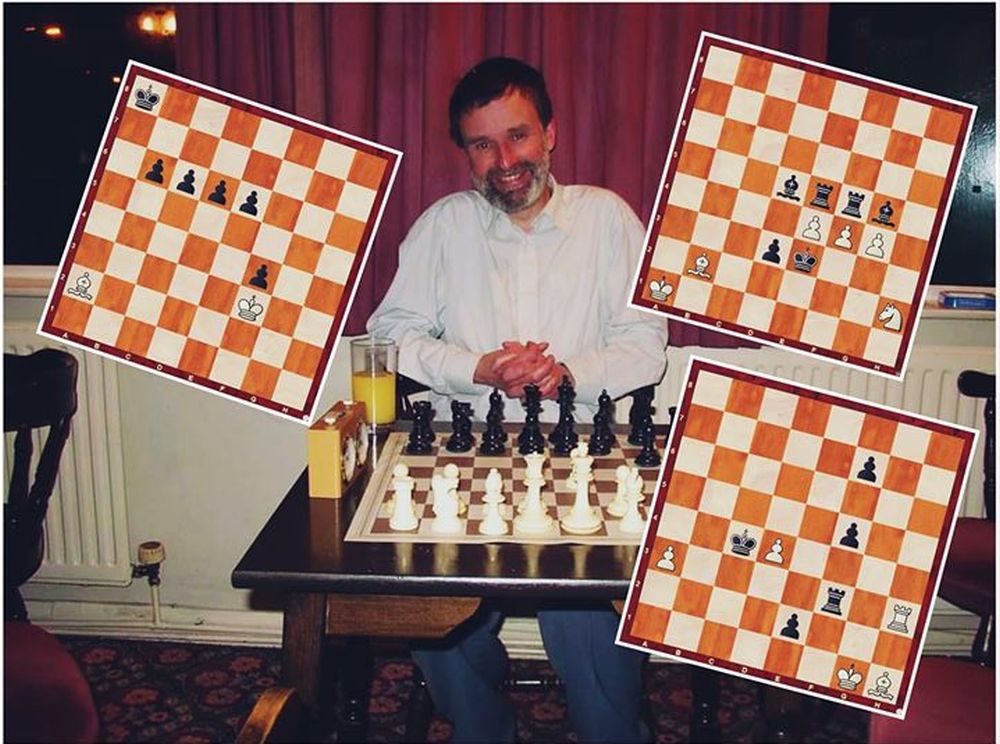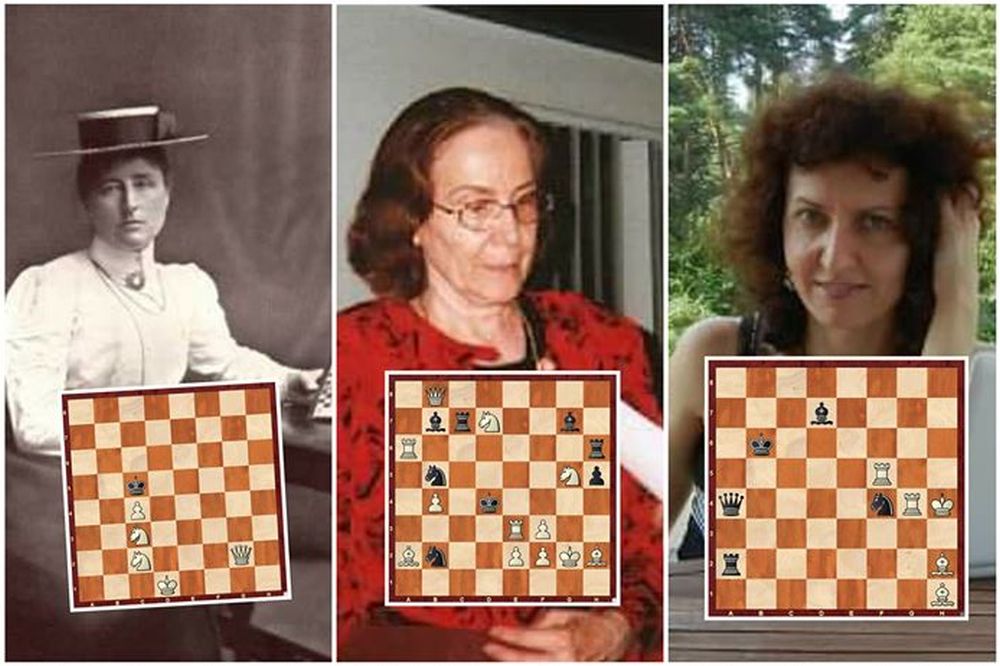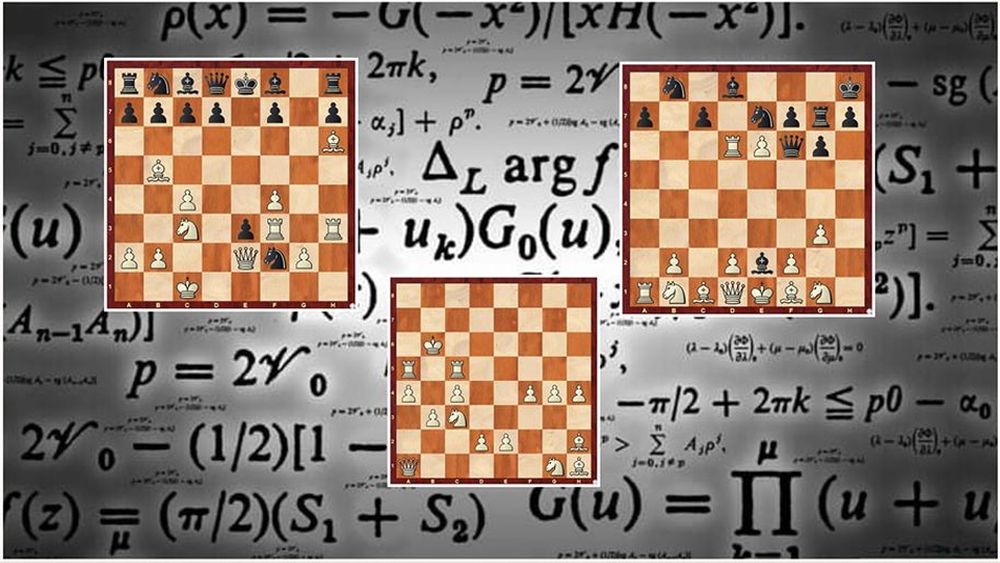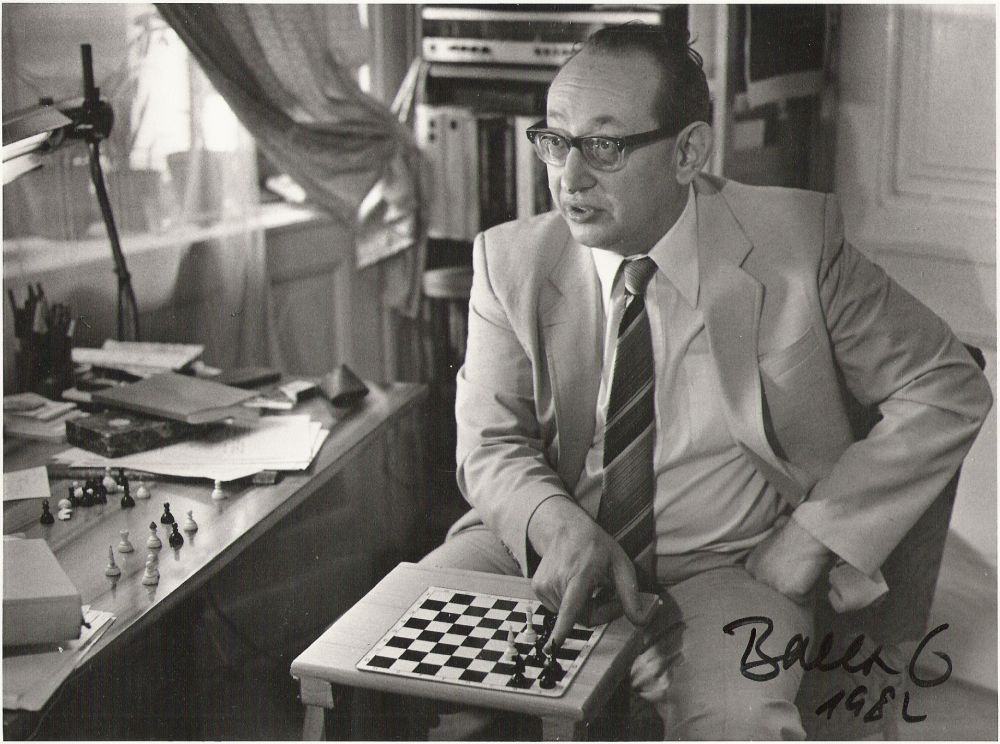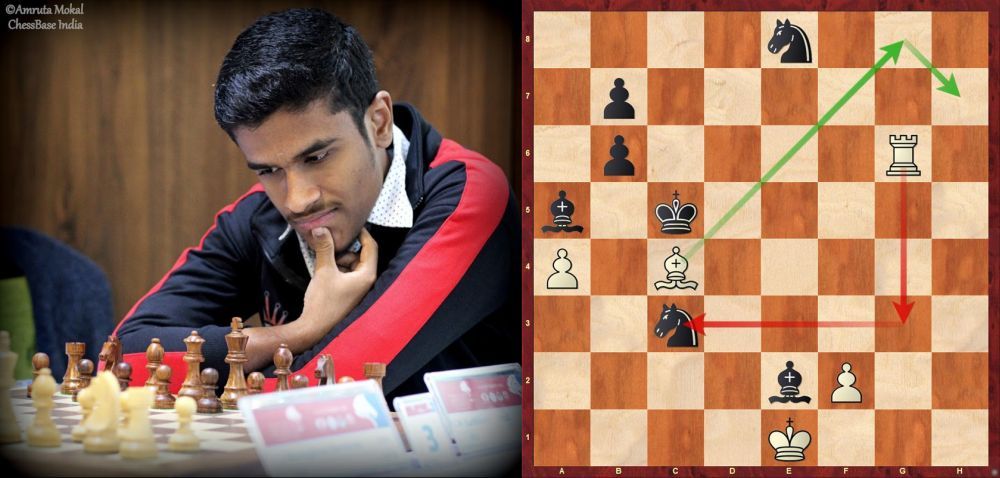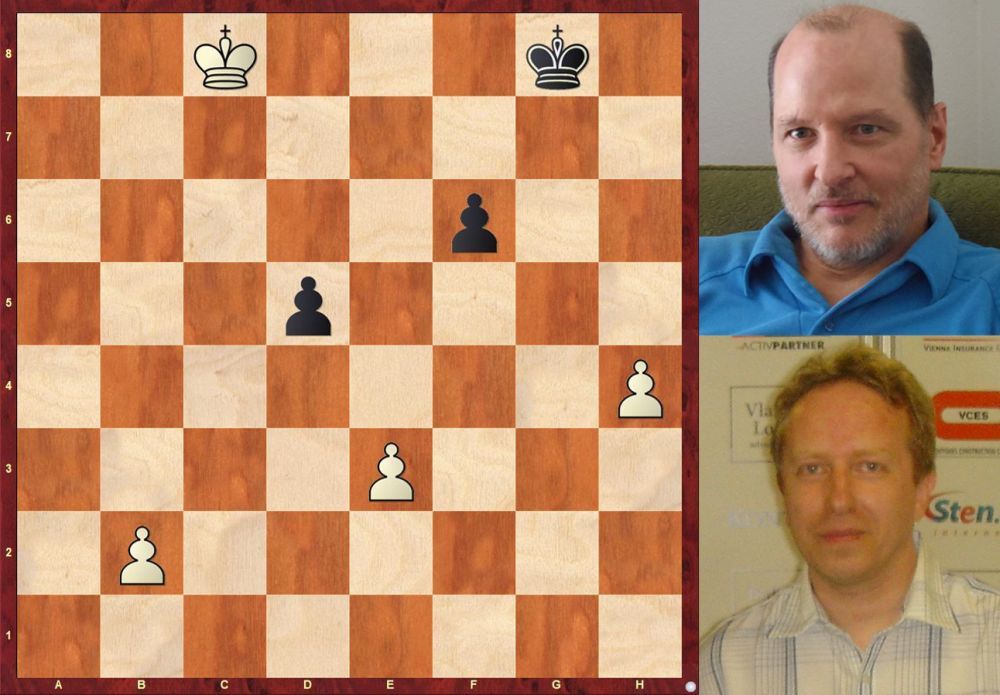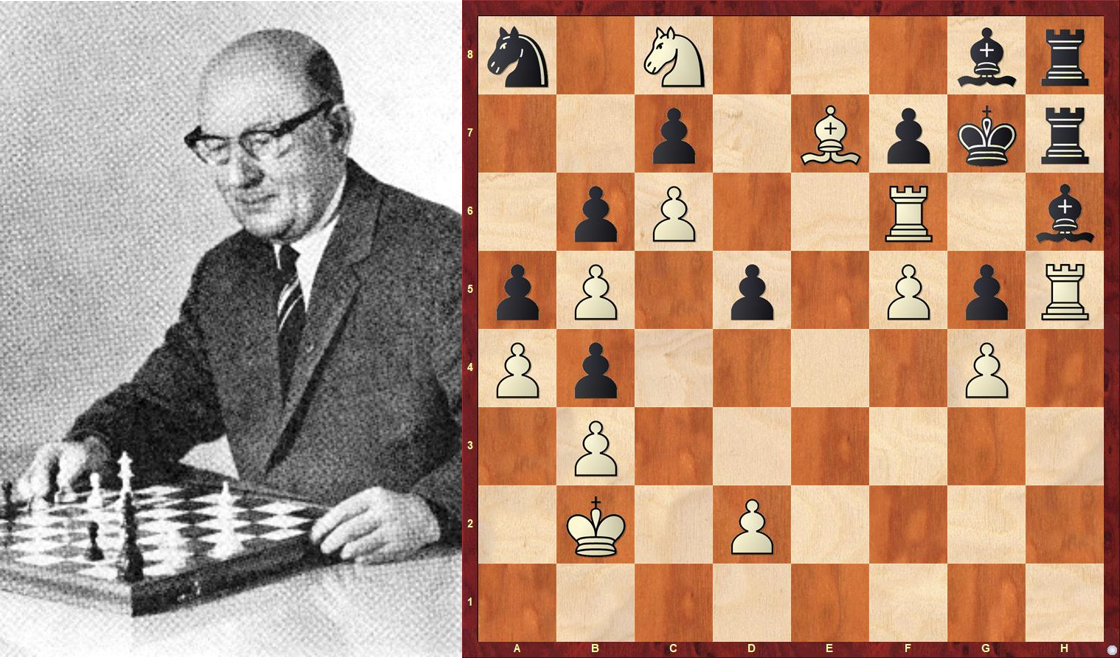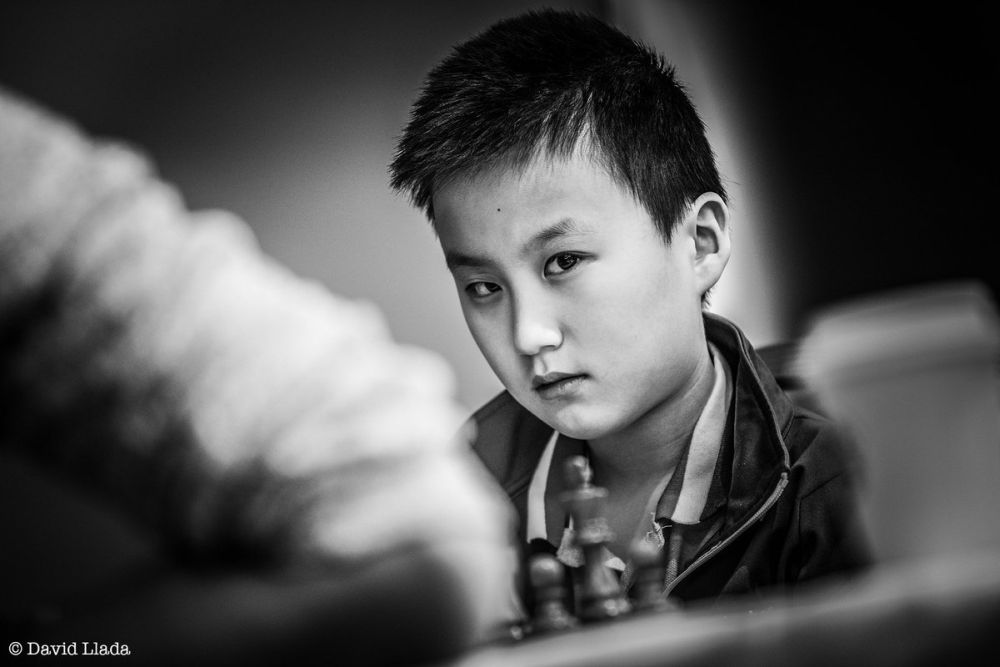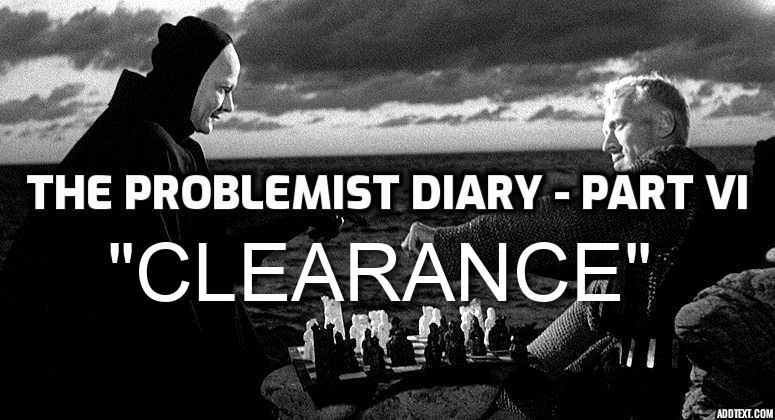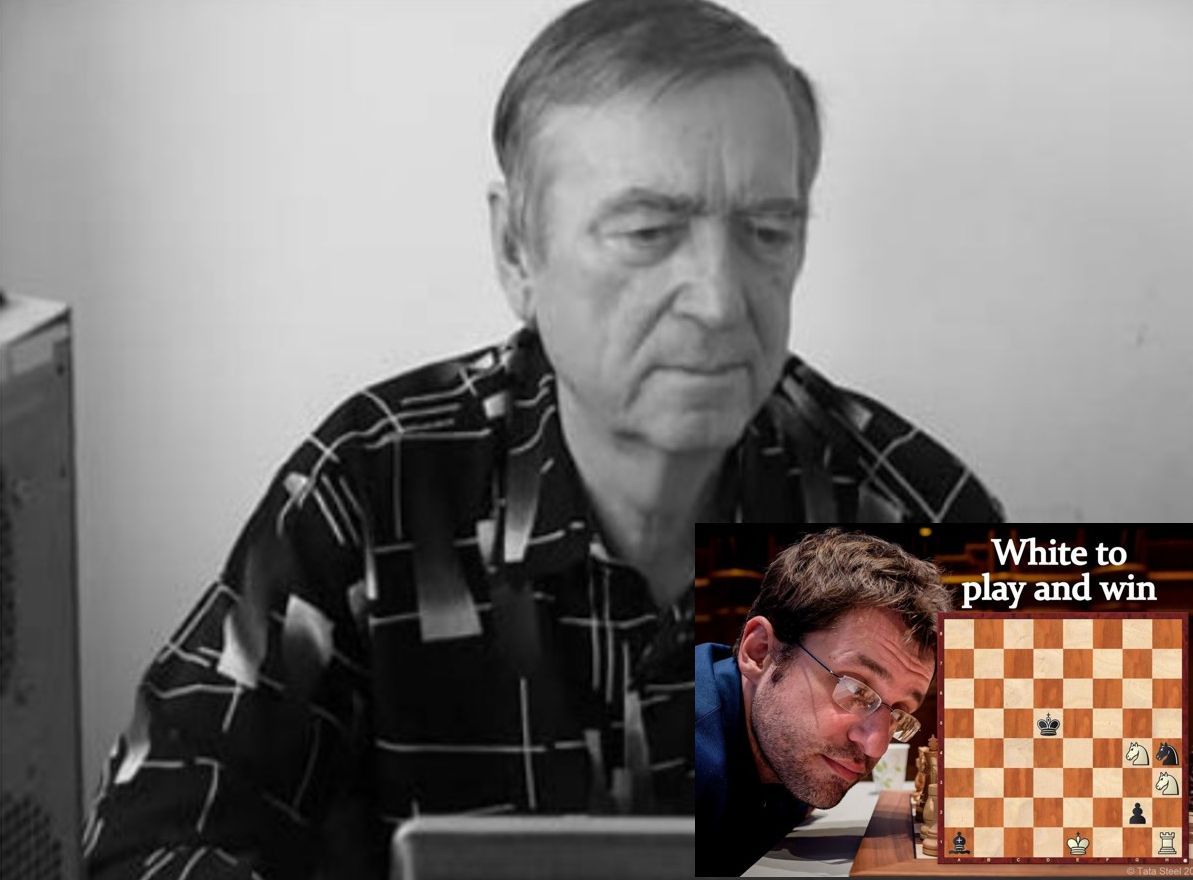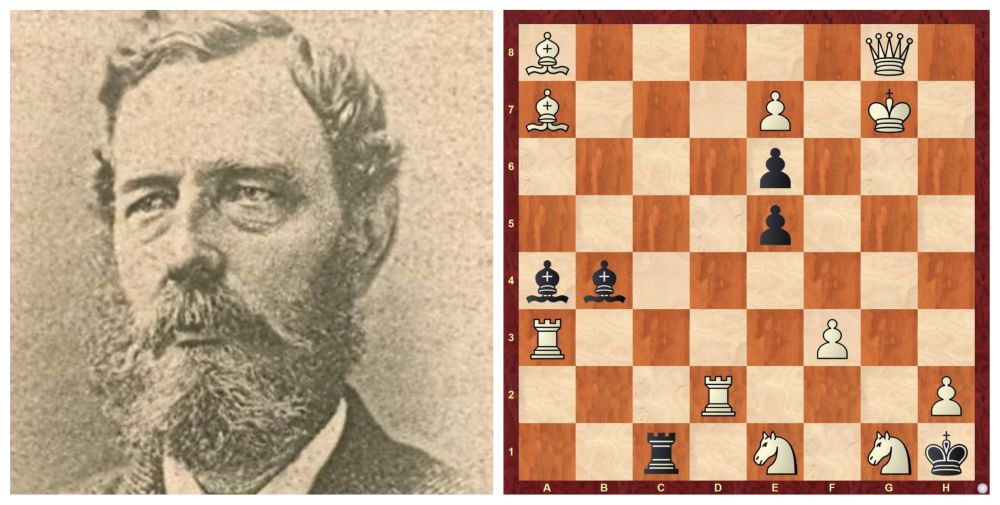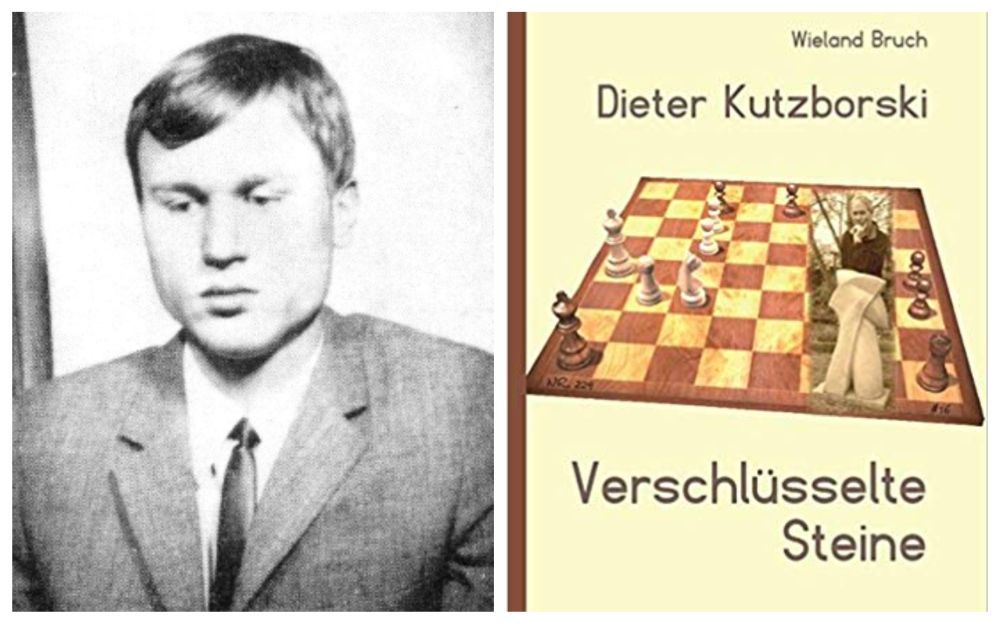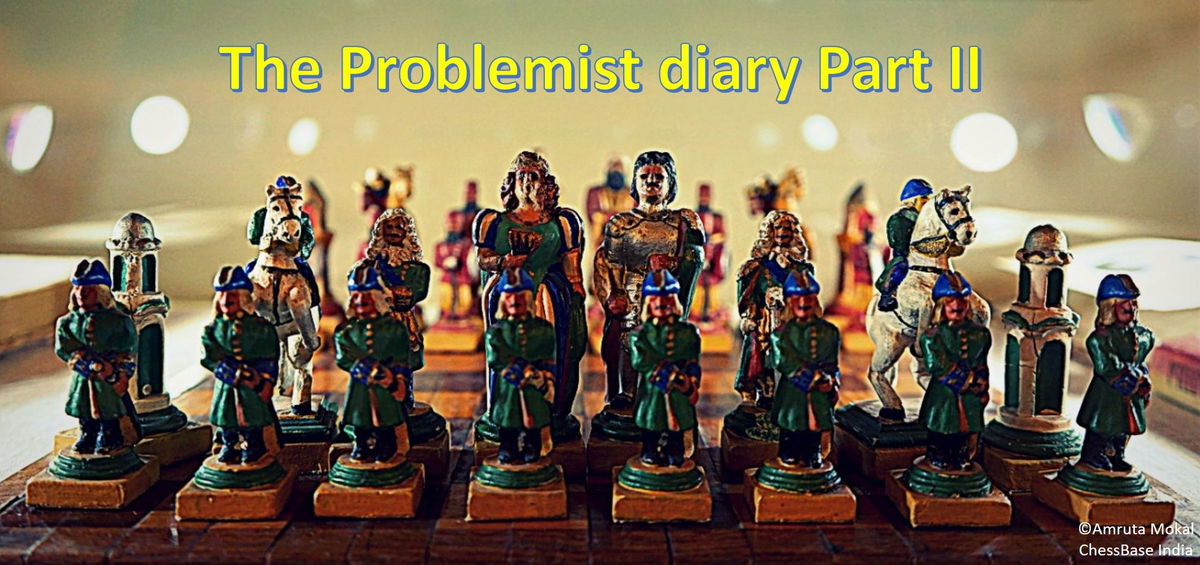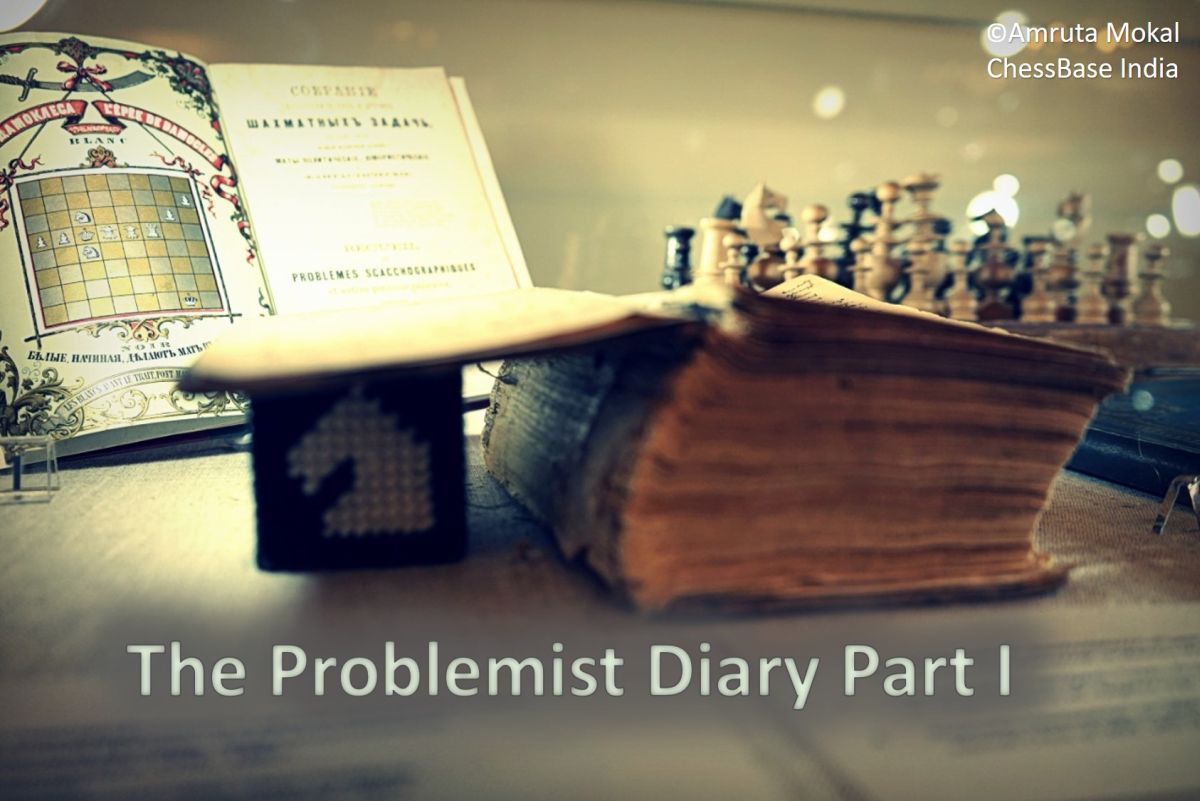Have a knack for problem-solving? Here's a chance to cudgel your brains and take home gorgeous prizes!
Win up to 100 dollars and also take home some of the choicest ChessBase products out there; all you have to do is solve twelve fascinating and engine-defying chess challenges that we bring out in two tiers—the first six in this article and the remaining in the next. Welcome to the ChessBase India Winter Chess Solving Championship, an uncommon initiative to promote chess composition and creative-logical thinking through chess. This introductory article serves as the curtain-raiser to the event: we give you the rules, the details of the prizes, and the first six of the twelve problems to solve. Read on.
As the year nears its close, winter tenderly clasps the world between its crisp, chilly hands, the trees bare themselves to the season's raspy breath, lips turn cold and chap, and snowy dreams start filling the cobbled streets next door. Tradition has been unjust to winters—while springs and summers are usual metaphors of prosperity and flourish, winters typically represent a period of slumber and stagnation. However, does the season of woolly hats and furry mittens have to be all about doom and gloom? We disagree! Winters are also the time of festivities—of sports, family gatherings, and big bonfires. But do you say you are a solitudinarian, a homebody? Do you say you prefer your own company to clamorous socialising and lack the zest, the ruggedness to go skiing or skating, and so, like the winter sky, your life this season is all but grey? Well, we disagree again and have news for you!
Introducing ChessBase India Winter Solving Championship: The Ideal Sport for Homebodies and Lazy Bees!
It would seem there are few sports where potbellies don't come in the way! Even the sedentary sport of chess requires a fair degree of physical fitness; a professional chess player who isn't in optimal shape can hardly sit for extended hours grinding out variations and not crumble under pressure. But here, ladies and gentlemen, we give you an exception: a sport you can be a part of from the comfort of your homes, nay even your bedrooms, without leaving the warmth of your down-stuffed quilts!
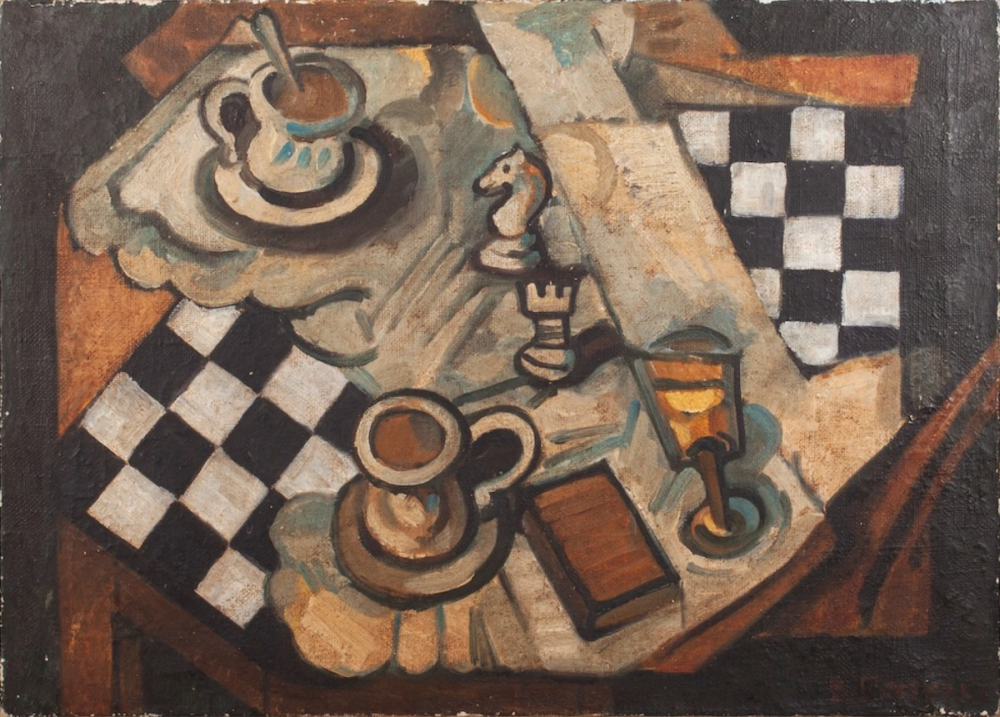
In this article and the next, we will pose you unusual chess problems to solve—twelve in total, much like the twelve labours of Hercules. These are chess compositions by renowned composers from around the world, and they have one thing in common: they are quite impervious to the Stockfish installed on your phone, or any chess engine for that matter. You either need specialised programs to crack them or use your own grey cells, and we trust you wouldn't go to the trouble of procuring the former. And, of course, at the end of the ordeal, alluring bounties are up for grabs. So, you see, we are after all in no frivolous business, and you ought to compensate that "wintry" indolence of your body with a good deal of mental vigour if you are to succeed in this creative battle of wits.
Now, are you ready? Without further ado, here come the first six of the twelve challenges! Let's heat the hearth then and up the caffeine intake, shall we?
The Problems (Tier I)
Section I - The Helpmate (h#)
A chess composer is purely a maker of patterns. The rules of chess are to him as axioms are to a mathematician. They make the raw clay out of which he freely carves structure after structure. This spirit of "free creation" is perhaps best captured in the helpmate genre, which rids the restrictive adversarial relationship between pieces of unlike colours and lets them work cohesively towards a common goal. In a helpmate in n moves (abbreviated as h#n), Black plays first and then both sides cooperate to checkmate the black king in the stipulated number of moves. Here is a sample problem with the solution to help you understand this genre better:
Michal Dragoun, Csák-Majoros 2005, 1st Prize
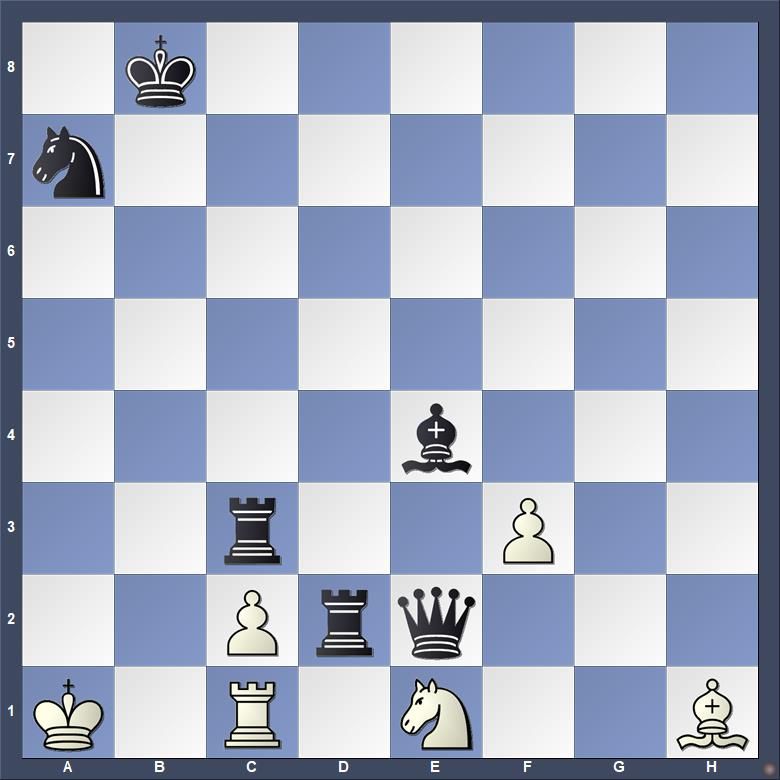
Our target, the king on b8 that is to be checkmated, seems too far removed from the white units on the south of the board. Fortunately, though, this is a helpmate, and the pieces are in friendly relation to one another. Watch how they work in consonance, swiftly opening and closing lines, to achieve the task. Here's one solution: 1.Rxf3 Nxf3 2.Bxc2 Ne5 3.Bd3 Nd7#. Notice how Rc3 sacrifices itself on f3 to open up the h1-a8 diagonal; on the other hand, Be4 facilitates the opening of the c-file and also blocks Rd2 to allow 3.Nd7 mate.
Can you figure out the other solution? It's complementary and is obtained by reversing the roles of Be4 and Rc3: 1.Bxc2 Nxc2 2.Rxf3 Nb4 3.Rd3 Na6#. The bishop sacrifices itself this time to open up the c-file and Rc3 clears the diagonal for wBh1 and interferes with Qd2 to enable 3.Na6 mate. The next two problems (in maple board) are for you to solve:
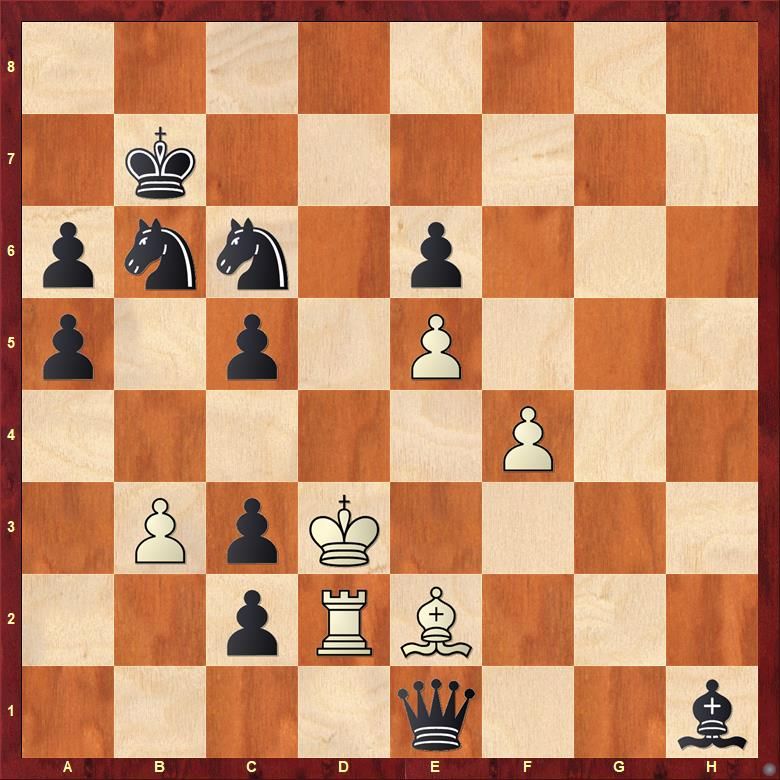
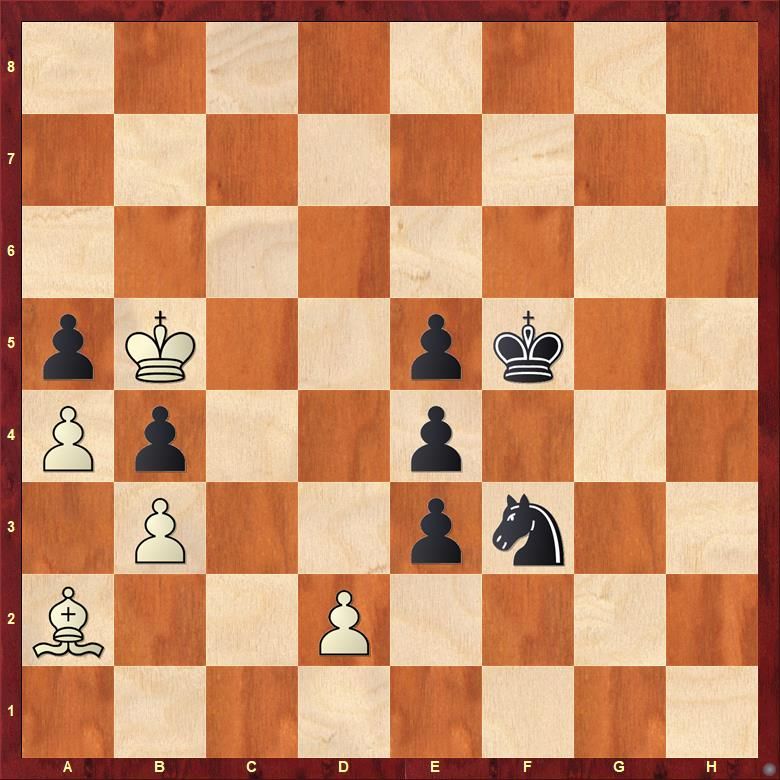
The second problem has two parts or twins. First, you have to find helpmate in 5 in the diagrammed position, and then you have to do the same in the position obtained after moving the knight from f4 to f3. The h#3 has 6 points; 3 points for each solution. The h#5 has 10 points; 5 points for each part. Thus, you can score a maximum of 6+10=16 points in this section.
You can read more about helpmates here, here and here.
Section II - The Selfmate (s#)
Like conventional mating problems, selfmates are problems of the adversarial kind. Unlike the problems in the previous section, in selfmates, the two sides don't collude with one another. However, selfmates turn the nature of the contest between the two sides on its head. Here, White plays first and forces a resistant Black to deliver checkmate in the stipulated number of moves. Resistant is the keyword; even though Black executes the mate, they do so against their will, by White's design. You can read more about selfmates on this Wikipedia page. But the following should also be a good illustration.
Wenelin Alaikov, Maggyar Sakkelet 1979, 3rd Prize
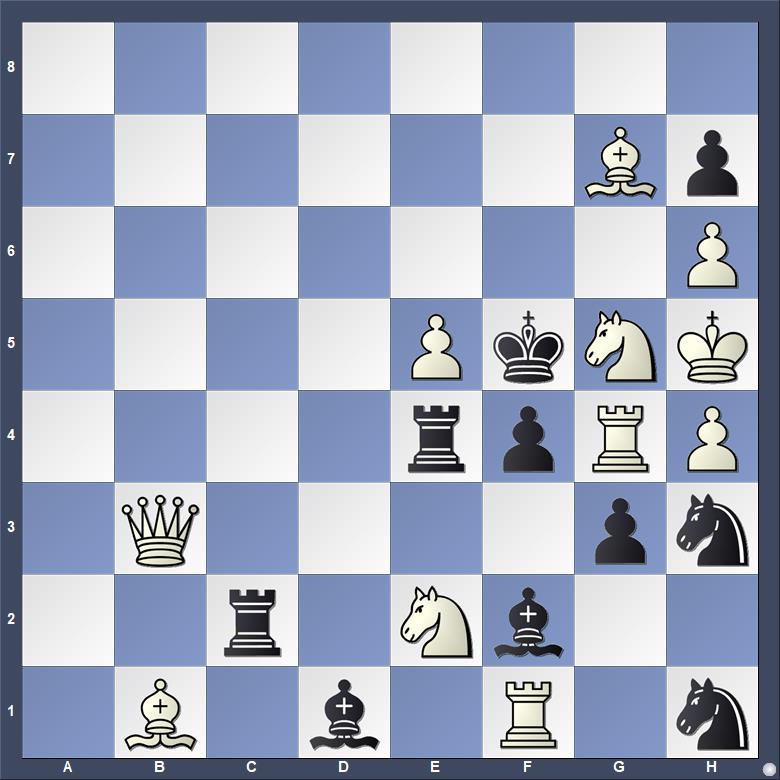
In this complicated position, we have what is known as half-pin arrangements on lines b1-f5, d1-h5, and f1-f5. In a half-pin, two units of the same colour are placed on the pin-line so that when any one of them moves the other gets pinned. How do we exploit this in the present problem? Imagine if we could somehow provoke Rc2 to move, then Rxf4+ would compel Black to play Nxf4 (as the e4 rook would be pinned), and this would be checkmate by virtue of the fact that Ne2 is also pinned. Similarly, if we could eliminate Black's bishop from f2, Nxg3+ would force Nxg3 mate.
The key is 1.Qb6! aiming for 2.Qg6+ hxg6#. (Indeed, a findable idea!)
The only two defenses against the 2.Qg6+ threat now are 1...Bxb6 and 1...Rc6; both allow White to realise the scheme described above. 1...Bxb6 is met with 2.Nxg3+ Nxg3#. And 1...Rc6 runs into 2.Rxf4+ Nxf4#. Notice how Black is helpless before White's strategy and has no way to evade from delivering the checkmate.
The next two problems are for your solving; you can score a maximum of 14 points in this section. 6 points for the s#2 and 8 points for the s#4:
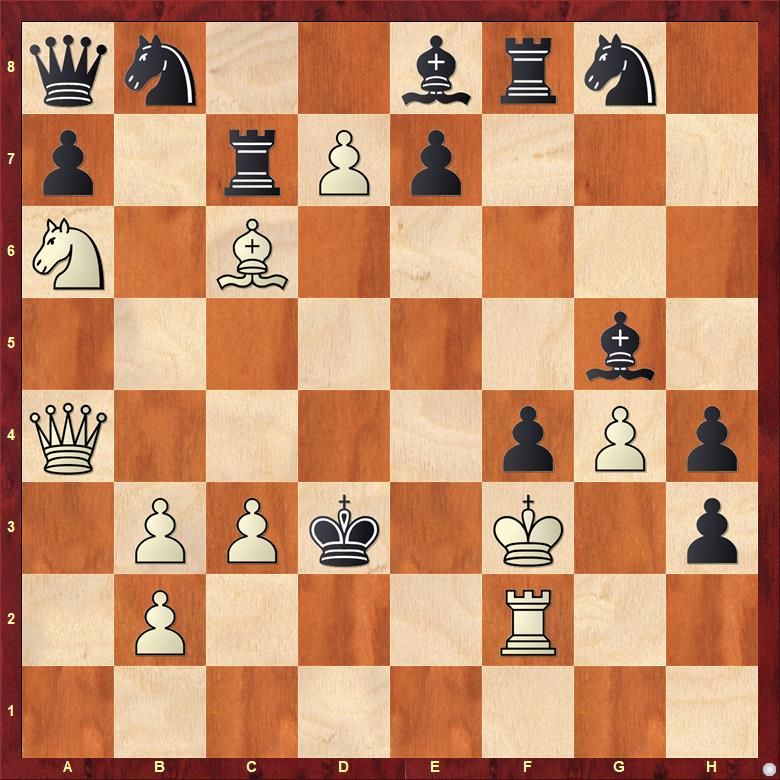
Selfmate in 2
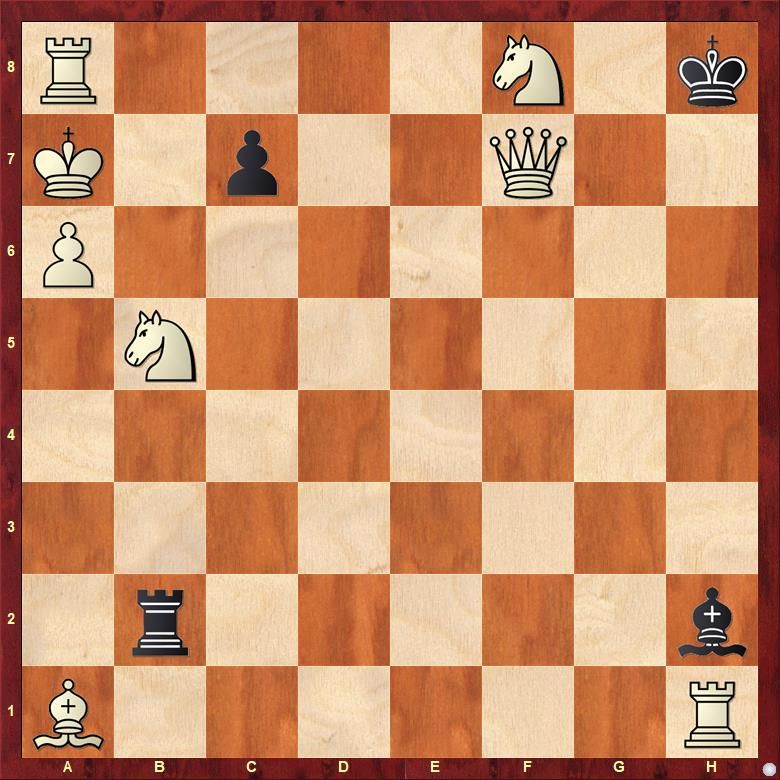
Section III - The Reflexmate (r#)
Even though unusual, helpmates and selfmates are regularly featured in solving competitions and are almost treated as orthodoxy in the problemist circle. With reflexmate, however, we enter the domain of fairy chess, the unorthodox proper.
A reflexmate is a selfmate with the added condition that if a side at any point can checkmate the other side in 1, they must do so. You can read more about reflexmates on this Wikipedia page. The following problem by Bakcsi should also be a good demonstration.
György Bakcsi, Problemas 1986, 3rd Prize
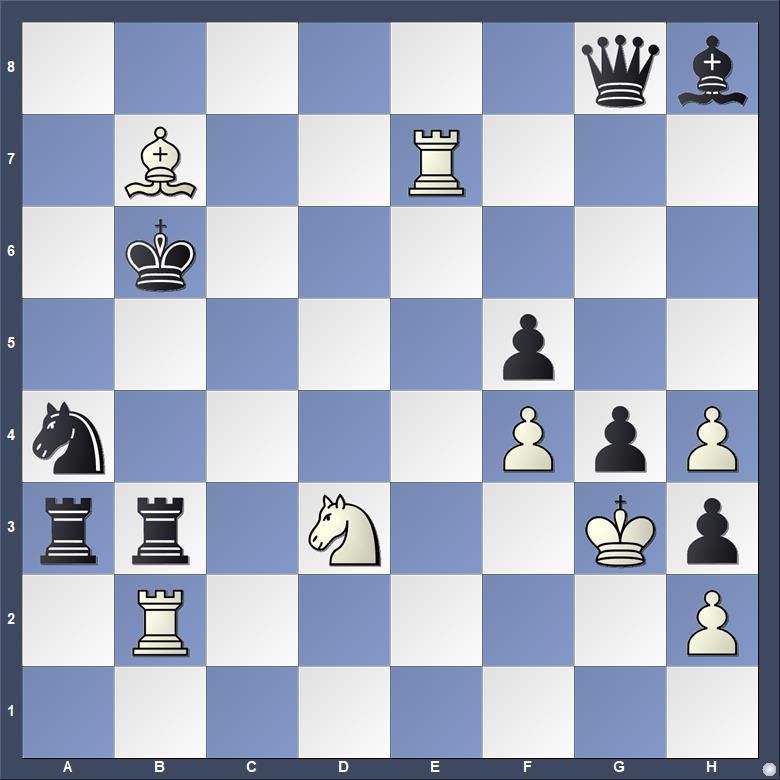
A reflexmate IS a selfmate, meaning White plays first and compels Black to deliver checkmate in the number of moves stipulated. However, there is an extra condition—the reflex condition, if you will—that dictates any mate-in-1 on the board must be "reflexively" executed. The solution begins with 1.Bf3! This move threatens 2.Nb4 (unpinning the b3 rook), which invokes the reflex condition, forcing Black to execute the one-move mate Rxf3. If Black goes 1...gxf3+, then after 2.Kxh3, Black must abide the reflex condition and checkmate with 2...Qg4. If 1...Nc3, White goes 2.Ne5, Black is then forced to play 2...Ne4# dictated by the reflex condition. Similarly, 1...Bc3 runs into 2.Be2 Be1#.
The next two problems are for your solving. Both problems carry a score of 5 points. Hence, you can score a maximum of 10 points in this section. The total score of the first tier of the contest is 16+14+10=40 points.
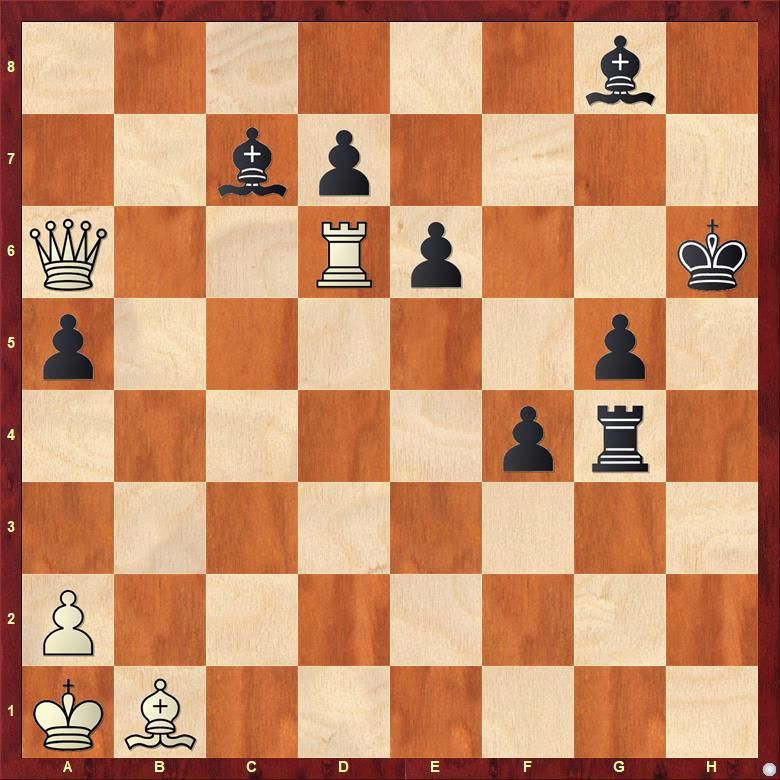
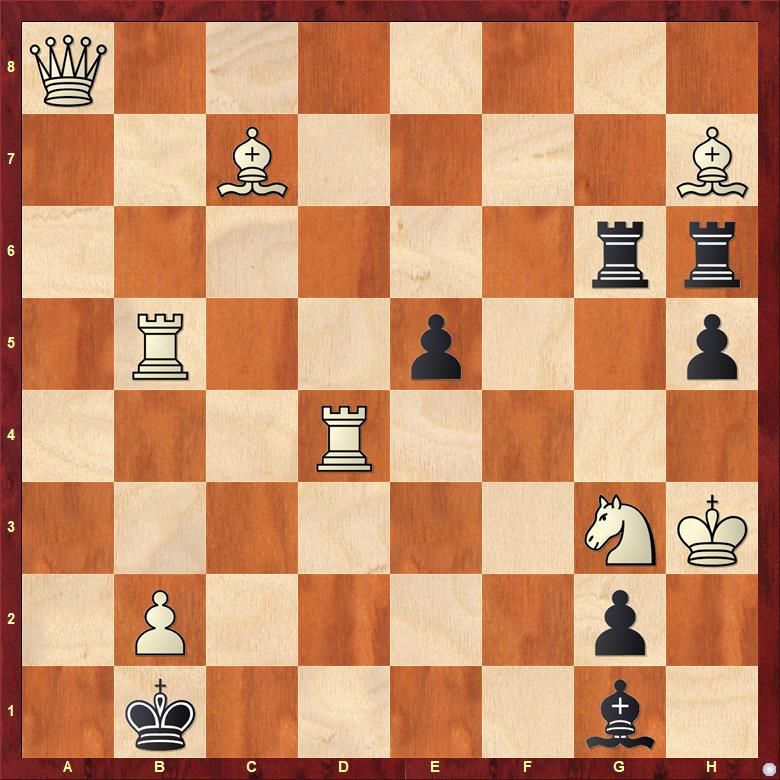
About Tier-2 of the Event—Novelties of Anirudh Daga!
The second tier of the event, containing the remaining six problems of the contest, will be published tentatively on the 6th of December (Wednesday). You have time to solve and send in the solutions to the first-tier problems by 12 o'clock Midnight (IST) of December 3rd. This latter half of the event is being conducted by the young problemist from Singapore, Anirudh Daga. 15-year-old Anirudh Daga became interested in chess composition after winning the Christmastide Solving Contest conducted by ChessBase India in 2020-21. He was only 12 years old then and a complete new-comer in the world of chess composition, but over the next three years, he grew from strength to strength, competed at the World Chess Solving Championships, and composed numerous problems of fairy chess and retrograde analysis that have all found their due place in reputable problem magazines.
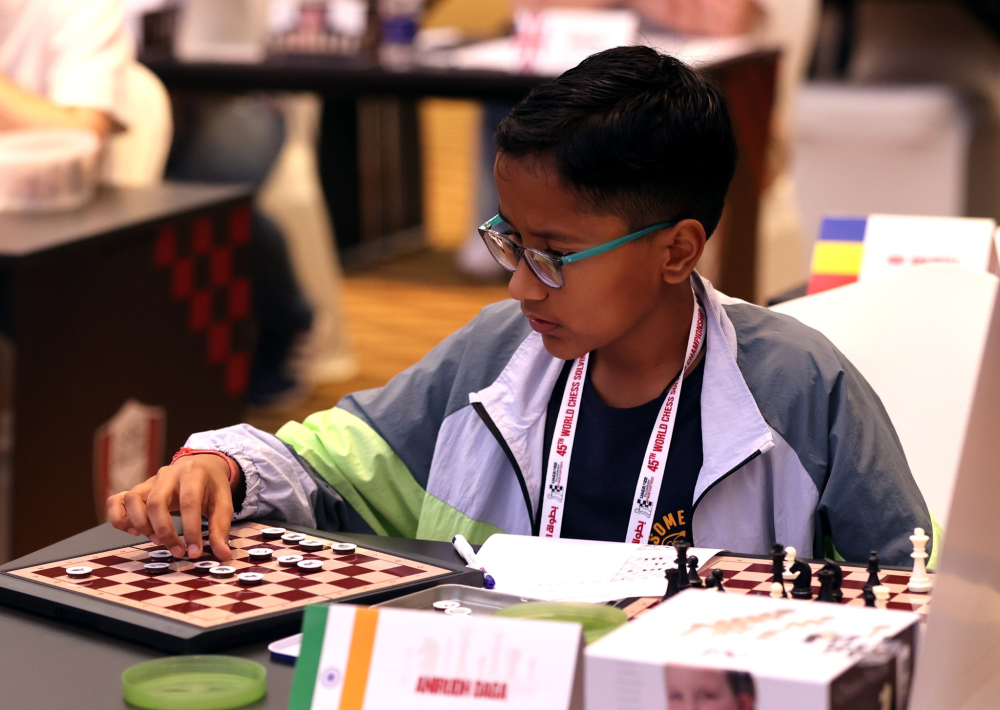

Since Anirudh's specialisation is in fairy chess and retros, the second round of the competition will be full-fledgedly unorthodox! There will be construction problems, some math, and problems with interesting new pieces. Stay tuned!
And Finally, The Prizes!!
Although we believe solving chess problems is its own reward, prizes are important. Prizes add seriousness to what we are trying to achieve here. It shows we mean business. So, dear friends, rest assured we will not let your mental efforts go unrewarded. Attractive prizes are in place for the top three solvers of the competition. The winner gets a monetary award of 100 dollars (8,333 INR) plus Vidit Gujrathi's brand new ChessBase video course on advanced tactics and calculation.
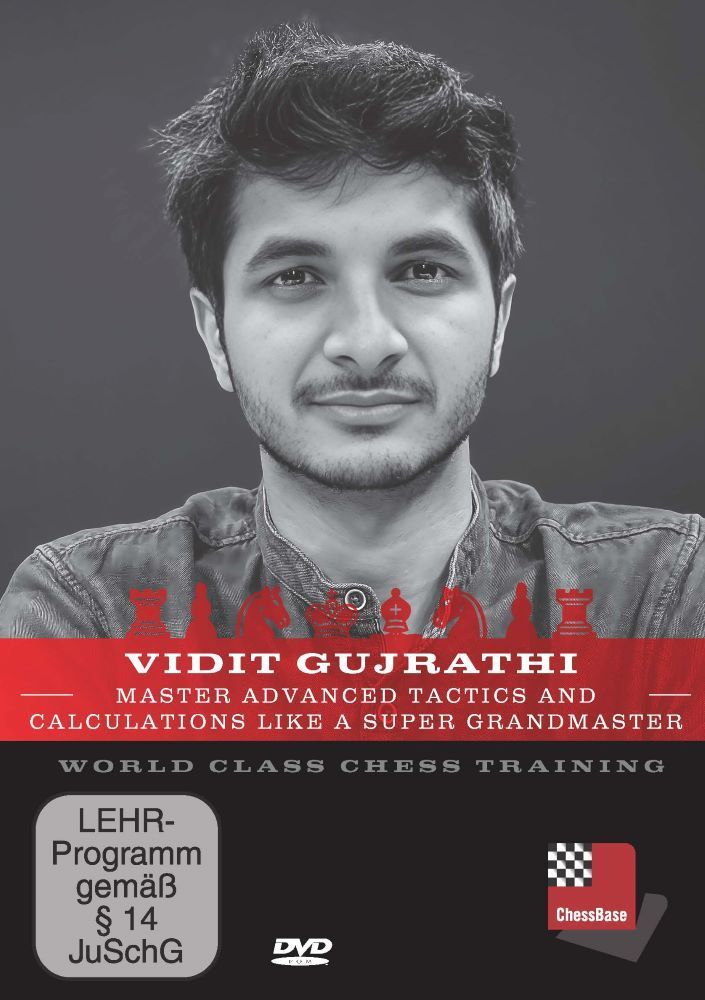
The runner-up gets a monetary award of 50 dollars (4,165 INR) and Gukesh D's course "Attack like a super-GM." In this course, the India no.2 touches upon various aspects of his game with special emphasis on attacking play.
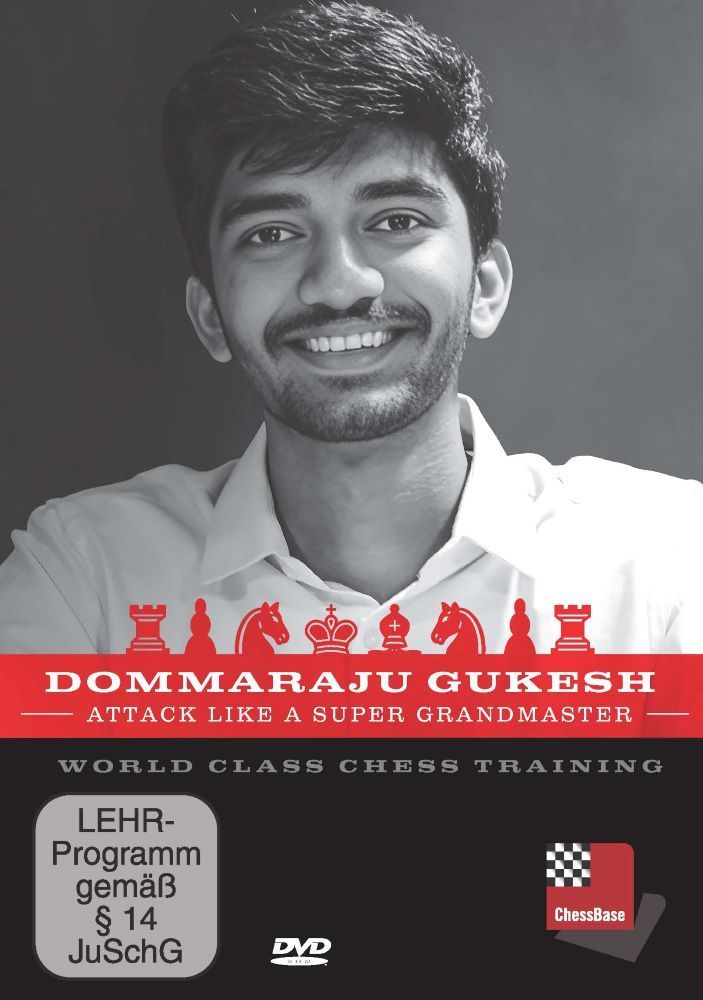
Lastly, as the third prize, we are giving away a monetary award of 25 dollars (2082 INR) and a 1-year ChessBase premium account—the unparalleled online ChessBase service giving you access to hundreds of premium training videos and a horde of other benefits.

Who Can Participate?
This event is open to absolutely everyone! Anyone, regardless of age, nationality, or gender, is welcome to participate!
How to Send Your Solutions?
DO NOT drop your solutions in the comments below this article. Email us your answers at chessbaseindiasocial@gmail.com. Mention Winter Solving in the subject along with your full name, and that's it. You are expected to supply complete solutions and rigorous explanations, but incomplete solutions may still be given partial credit, so by all means, attempt as many of the problems as you can. We will accept submissions (solutions to Tier-1 problems, that is) until midnight (IST) of December 3rd. The official solutions and results will be published after the completion of Tier-2. Happy solving!





